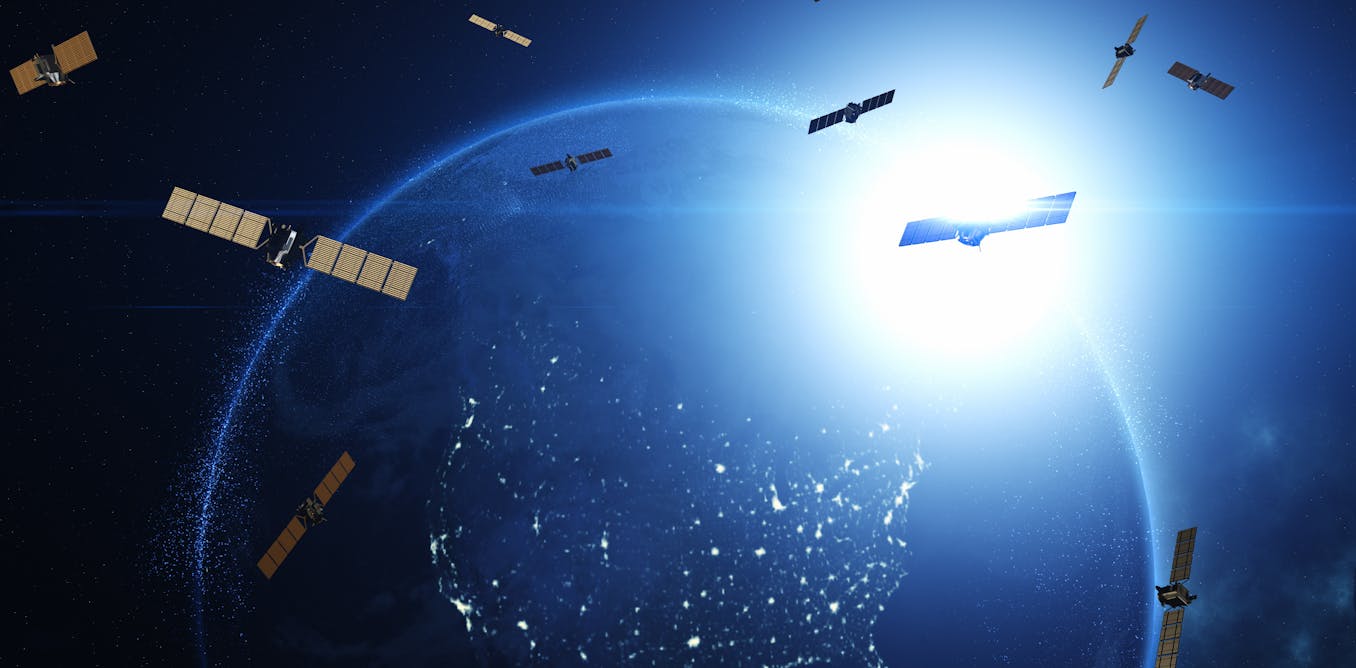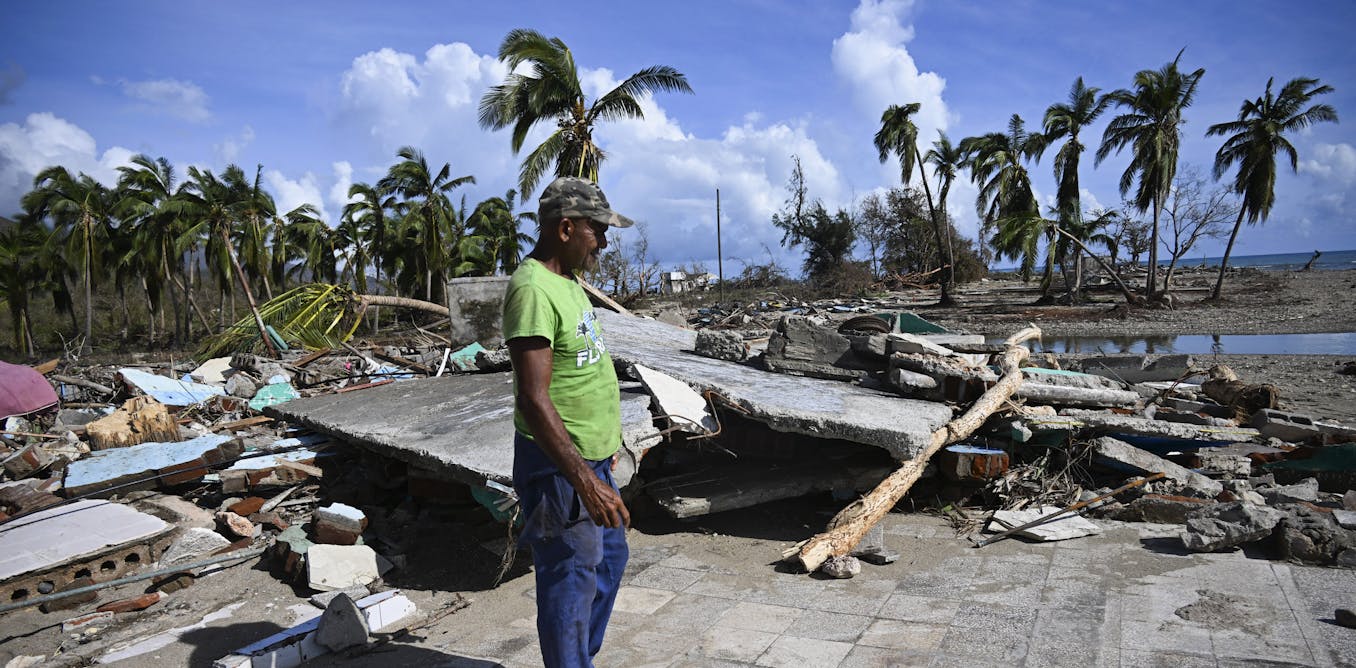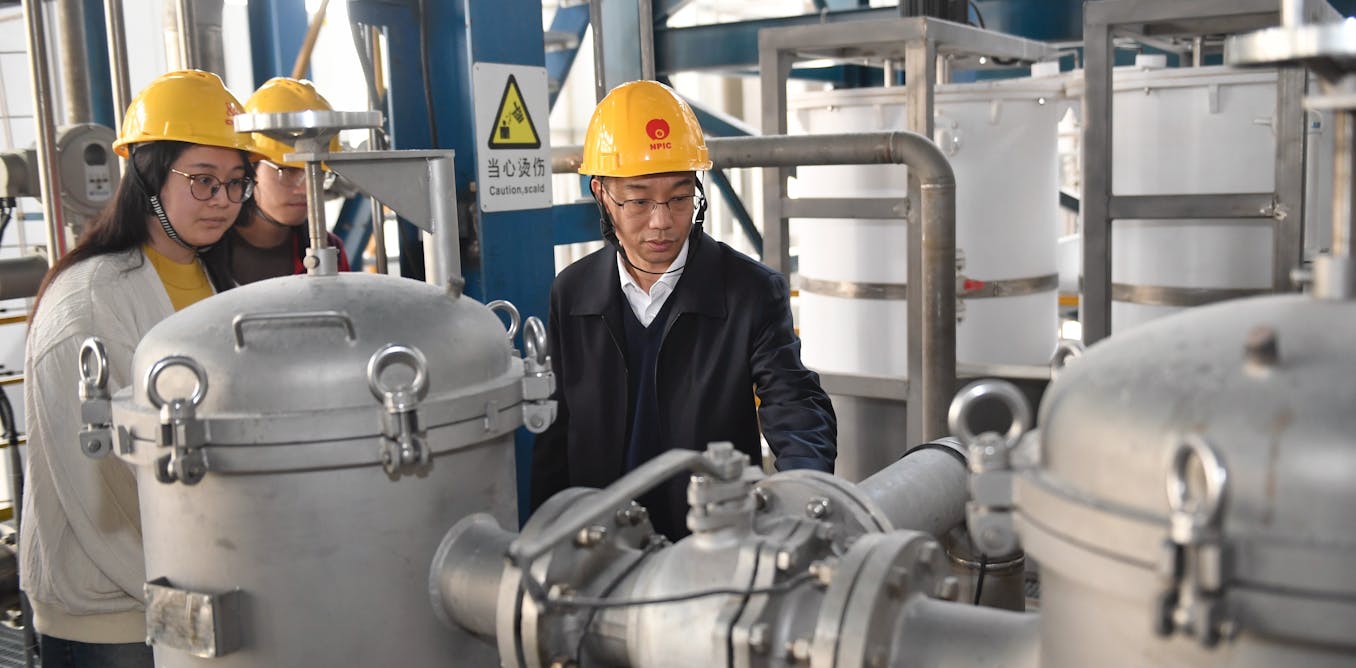A smart bandage could speed up wound healing by actively tracking and responding to the healing process. The proof-of-concept device, called a-Heal, was designed to fit inside a commercial colostomy bandage and contains a camera that takes images of the wound every two hours, as well as a wireless connection to a machine learning module that provides updated recommendations on how to stimulate healing.
A multidisciplinary research team led by Marco Rolandi, an electrical engineering and computer science professor at the University of California Santa Cruz, developed a-Heal. Rolandi says the initial motivation was to reduce healing time for battlefield injuries by 50 percent as part of a Defense Advanced Research Projects Agency initiative.
While a-Heal was tested on a wound (on a pig) that was caused by injury and can heal quickly, Rolandi says it can be applied to other types of wounds that have difficulty healing—such as chronic wounds or ones that become infected.
Current wound dressings are a one-size-fits-all approach that can’t account for variations in how individual wounds heal.
To heal wounds faster, a-Heal monitors wounds, diagnoses the current healing stage of the wound, suggests treatments, and delivers those treatments. Through repeating the process, the bandage creates a feedback control mechanism.
Rolandi says that a machine learning algorithm, ML Physician, analyzes each image of the wound, “compares it with training data, and decides at what stage the wound is at and whether the wound is healing in the desired fashion, or whether the wound requires an intervention or a treatment to speed up the healing.” Based on the AI recommendation, the wearable activates bioelectronic actuators to deliver one of two treatments, both known to increase healing in animals: electrically stimulating the wound to reduce inflammation or infusing it with fluoxetine, a drug that promotes tissue growth.
The researchers tested the device in a pig because a pig’s skin is in many ways similar to human skin, says Min Zhao, a physician and professor of dermatology at University of California Davis Health.
Although bandages offering electrical stimulation already exist, a-Heal goes a few steps further. “I’m not aware of somebody having used photographic information in combination with a kind of closed loop actuation system. So it’s definitely combining two things that people are working on in a new way,” says Geoffrey Gurtner, a physician, surgeon, and professor at the University of Arizona with a joint appointment at Stanford University, who was not involved in the study.
How the Smart Bandage Heals Wounds Faster
Every two hours, the bandage’s camera module takes 11 images at different focal depths. When asked how well the camera could image darker human skin tones, Rolandi says that if training data exists, it should be okay, but it’s too soon to tell because this version of the device was not intended for human trials.
The ML Physician…
Read full article: Smart Bandage Delivers Electricity and Drugs to Heal

The post “Smart Bandage Delivers Electricity and Drugs to Heal” by Diya Dwarakanath was published on 11/13/2025 by spectrum.ieee.org





































Leave a Reply